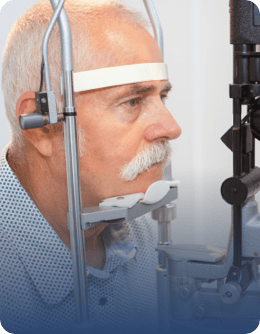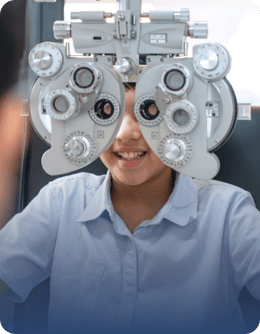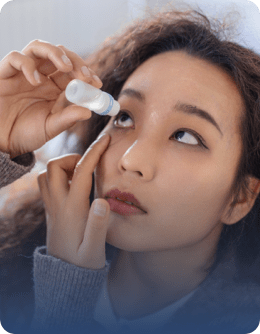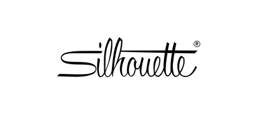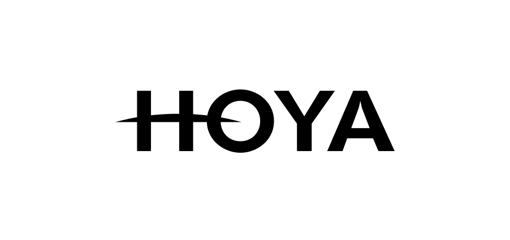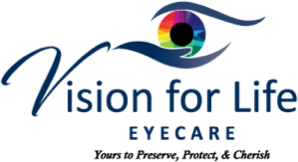Glasses that fit your face perfectly are less about the frame’s actual shape and more about how they fit the contours of your features. How well your glasses fit influences how well you can see, how often you wear them, and how they complement your personal style.
Glasses that fit your face perfectly should be snug, but rest comfortably on the bridge of your nose without sliding down, and the arms should rest easily over your ears without pinching your temples.
Fashion should be fun and expressive, not bound by rules. Wear the glasses you love with confidence! Our Vision For Life Eyecare team is here to help you find a well-fitting pair of glasses that complements your beautiful features.
Finding the Perfect Fit
The power of eyeglasses lies in the lenses, which hold your vision prescription. However, properly fitting frames also help.
The perfect fit should feel like wearing eyeglasses made just for you—no slipping or pinching, and no need for constant adjusting. A snug fit helps glasses stay on your face and prevents headaches from the frames applying excessive pressure on your temples.
When your glasses fit well, they align perfectly with your eyes, making sure the lenses are working as they should to correct your vision. How do we determine the proper fit? Through precise measurements.
Here’s what our optician and optometrist measure to help you find the right fit:
Pupillary Distance (PD)
Your pupillary distance (PD) is the distance between the centres of your pupils. This measurement might seem like a minor detail, but it’s important for proper lens alignment.
When the lenses in your glasses align with your pupils, you’ll experience solid focus and clarity. If your PD measurement doesn’t match your lenses, you might even experience headaches or eye strain.
A PD measurement is specific to eyeglasses selection, which is why it’s not included in the finalized vision prescription. Our optician uses a pupillometer instrument for precise measurements, which fares much better than a ruler.
Bridge Width
The bridge width refers to the distance between the 2 lenses over your nose. A bridge that’s too tight will pinch, while a bridge too large will cause your glasses to slide down constantly.
A proper bridge fit helps your glasses stay securely in place while remaining comfortable. Bridges come in different styles, such as standard bridges or keyhole bridges, so you have flexibility based on your nose shape and personal preference.
Temple Length
The temple length (the arms of your glasses) affects how your frames rest on the sides of your head and behind your ears.
Glasses with arms that are too short will pull and pinch, while longer arms will sit loosely and slip off your face. The goal here is a snug fit without putting unnecessary pressure on your temples.
Lens Width & Height
Your lens width and height contribute significantly to the overall balance of your glasses. These dimensions verify that your eyes are centred within the lenses and that you have a solid visual field.
For progressive or multifocal lenses, lens height becomes especially important because it affects how seamlessly the lenses transition between different correction zones.

Frames for Every Face Shape
Glasses are a staple fashion accessory, and finding a flattering frame can help narrow down your choices. Some people prefer certain colours or materials, while others focus on the frame’s shape to help enhance their natural features.
Not sure about your face shape? Don’t sweat it. The most important thing is choosing glasses you feel great in, not sticking rigidly to rules or guidelines.
Oval Face
Oval faces are well-balanced, with slightly wider cheekbones and a gently rounded jawline.
Lucky you! Virtually any frame style suits this face shape. For balance, try frames that are as wide as the broadest part of your face. Rectangle, round, and even bold geometric frames all look fantastic.
Round Face
Round faces have softer angles and equal width and height. You’ll benefit from frames that add definition and elongate the face.
Angular styles like rectangular or square frames create contrast and bring structure to rounder features.
Square Face
Square faces have well-defined jawlines and equal proportions of width and height.
Try round or oval frames to soften those angular features. Slightly curved edges add balance and a touch of softness to your look.
Heart-Shaped Face
Heart-shaped faces are widest at the forehead and taper to a narrower jawline.
Frames with a light, bottom-heavy design or those with rounded edges work beautifully here. Aviator or cat-eye shapes are excellent options.
Diamond Face
Diamond-shaped faces are rare, with narrow foreheads and chins paired with wider cheekbones.
Semi-rimless or oval frames enhance the softer angles of this shape, and frames with detailing near the brow line can emphasize your eyes wonderfully.
The Perfect Glasses for Every Face
Glasses should feel as great as they look. A frame might look beautiful, but if it digs into your temples or slides off your nose, it doesn’t make the cut.
The only rule that truly matters is how the glasses make you feel. A well-fitting pair that complements your style and boosts your confidence is the perfect pair for you! Visit us at Vision For Life Eyecare to browse our unique selection of frames. Our welcoming team is more than happy to help you find your next pair of stylish glasses!



